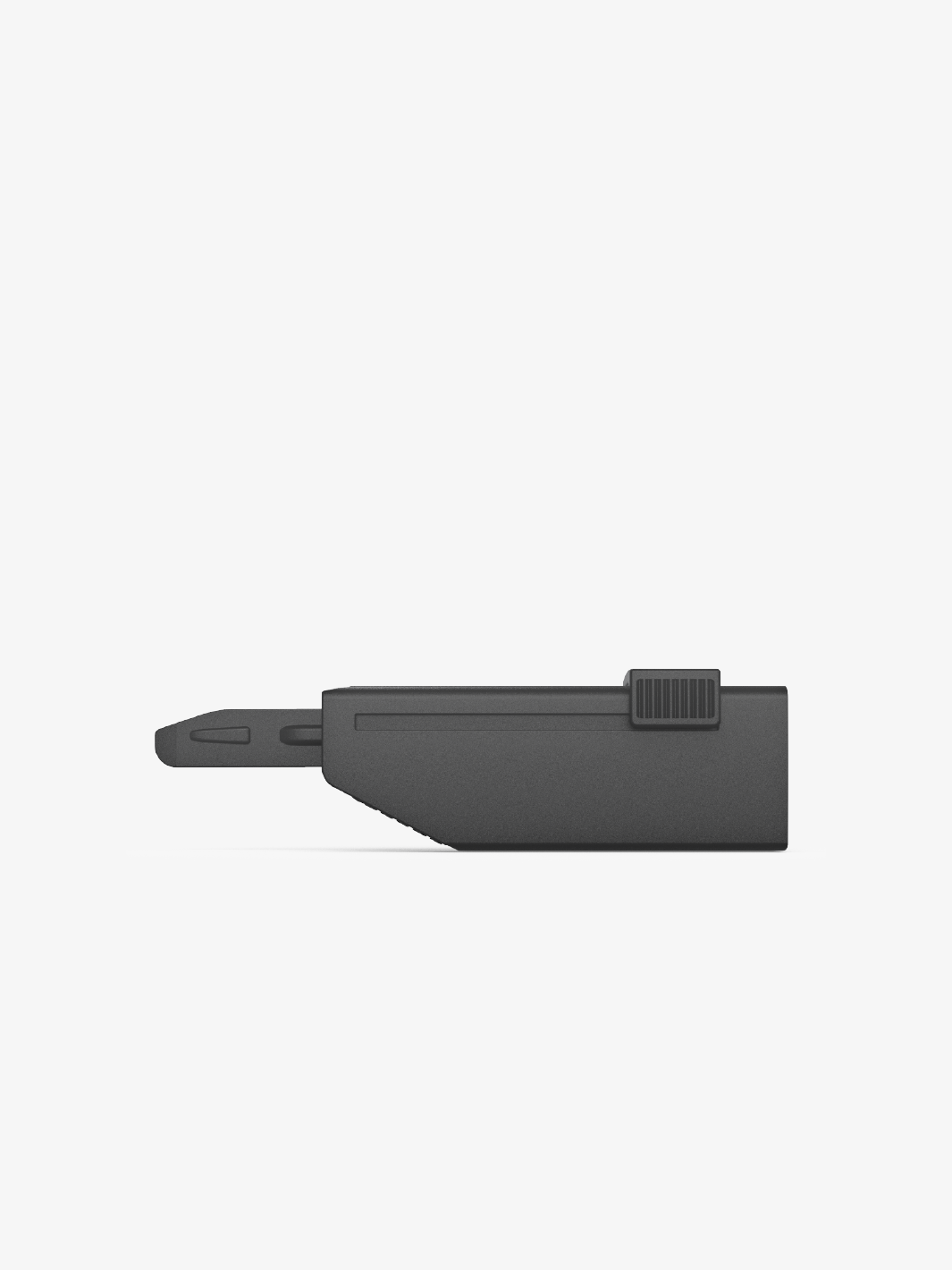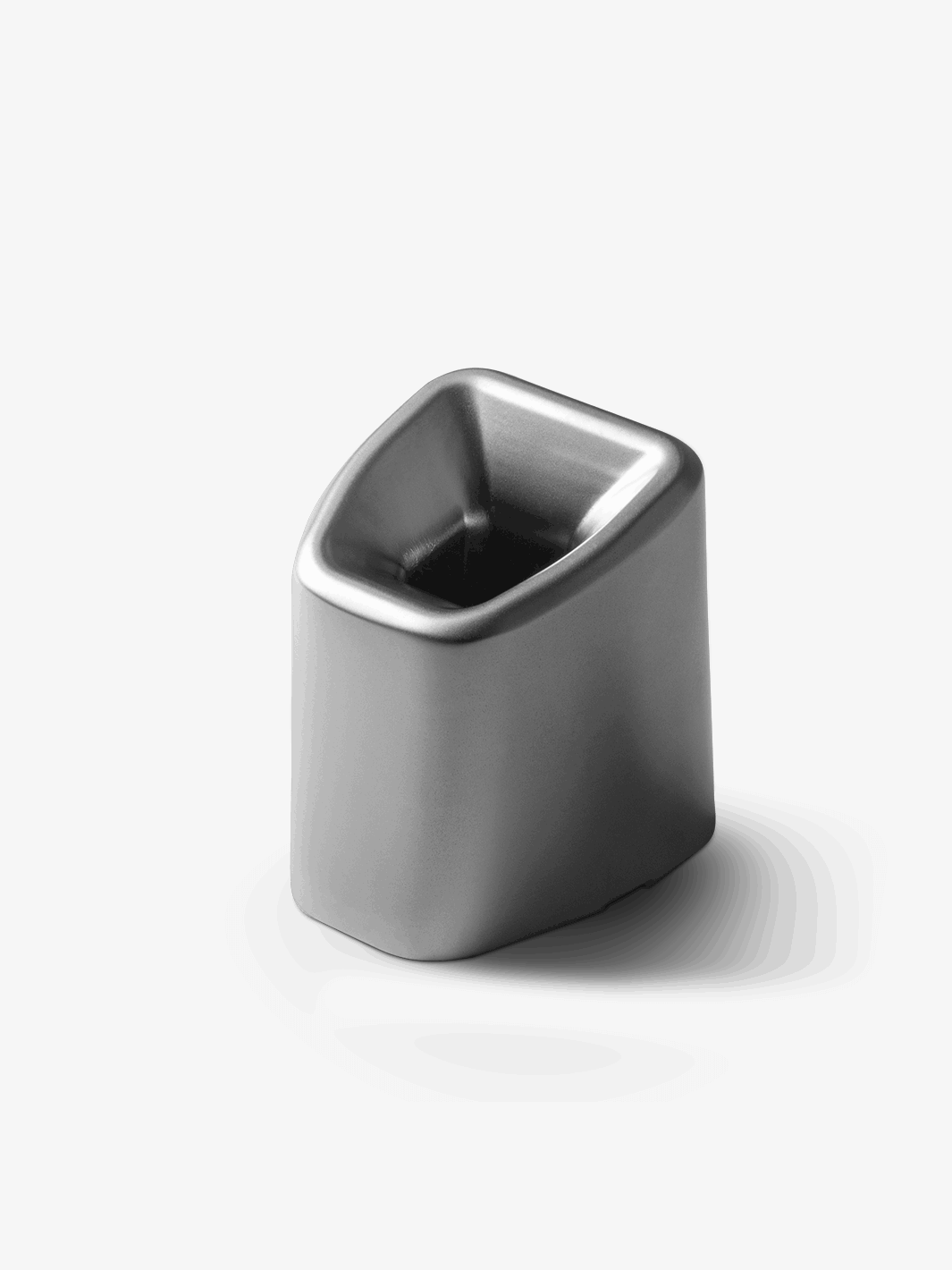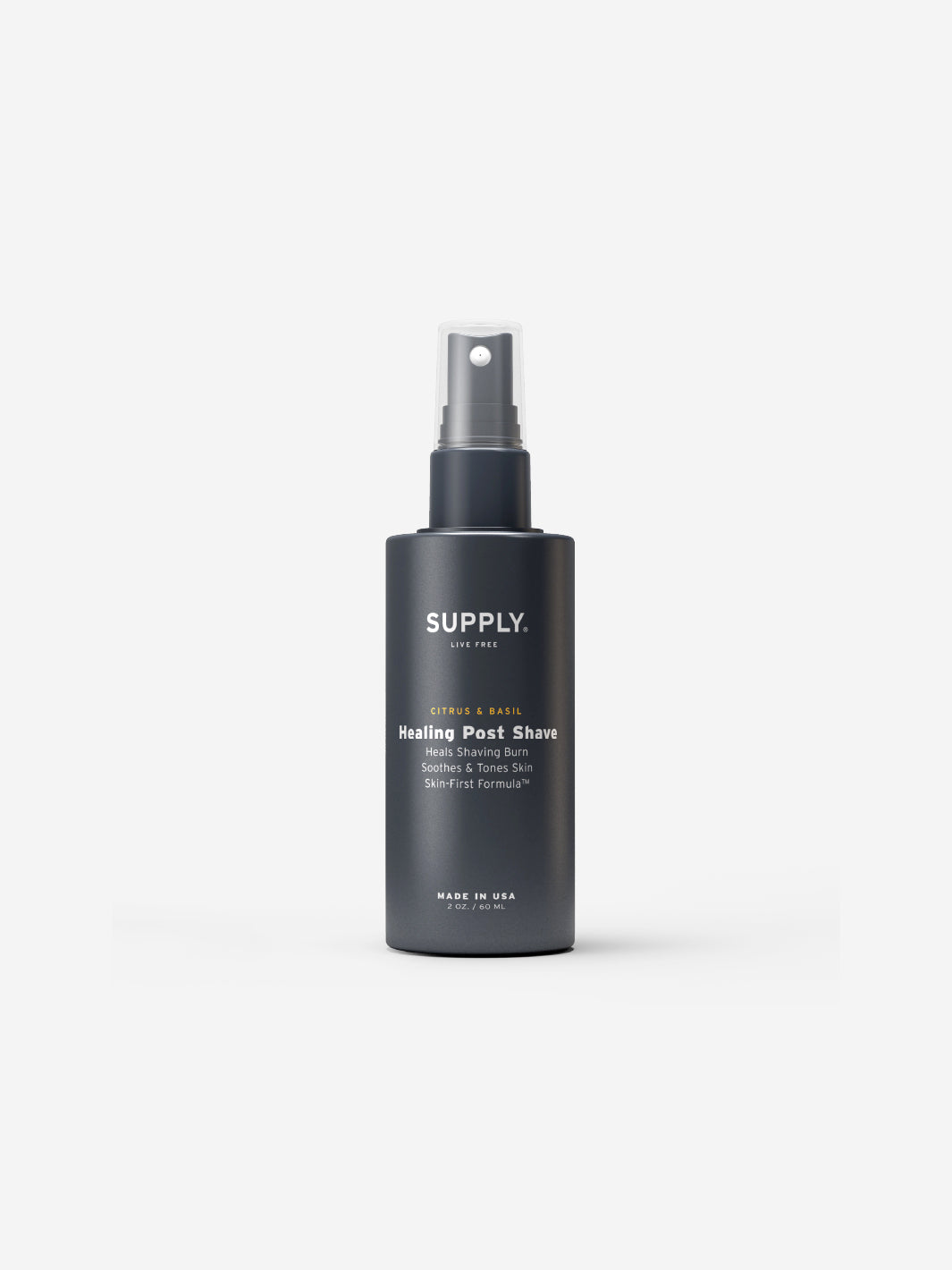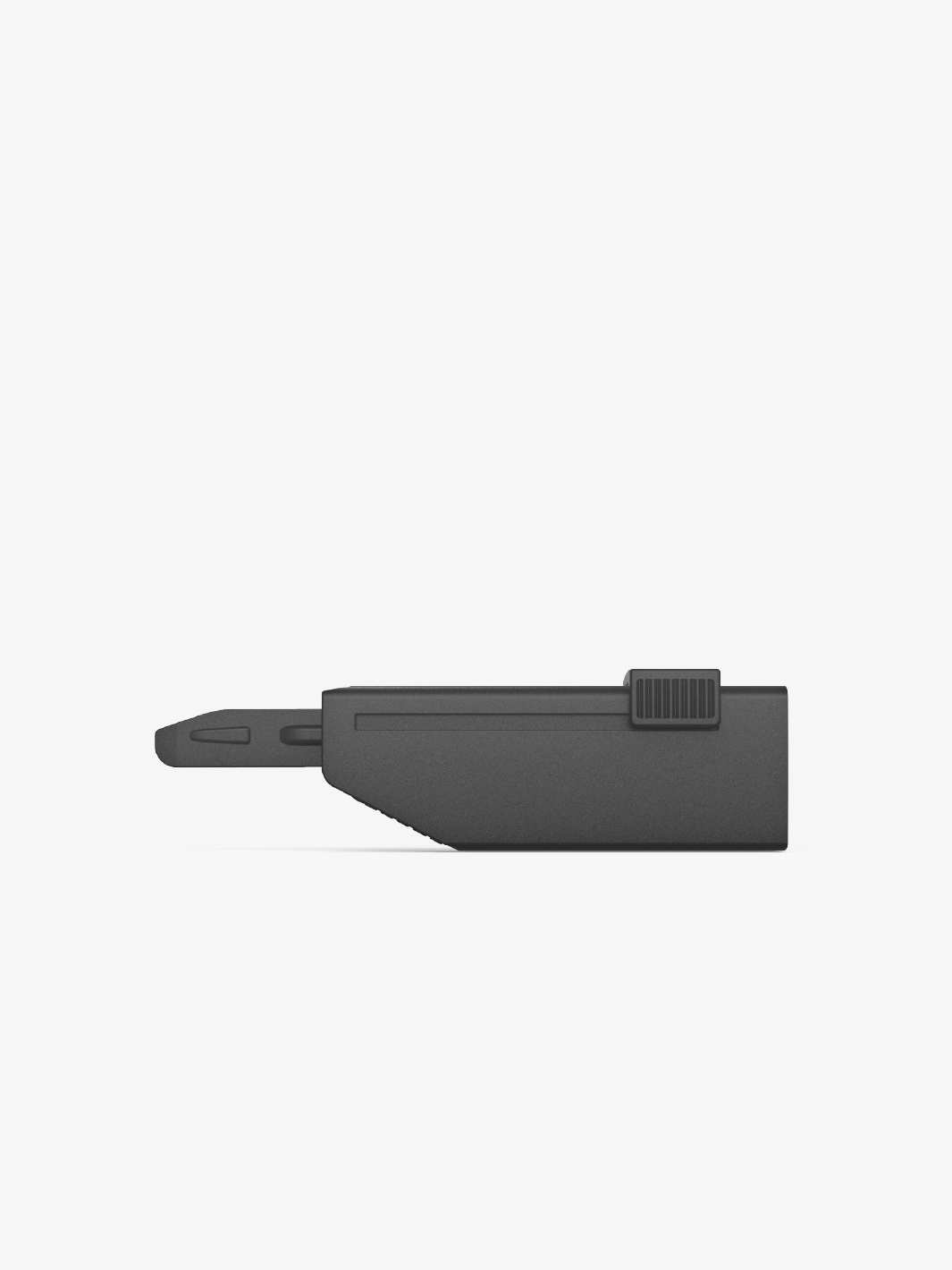How do I Reduce Irritation while Shaving?
If you notice that your skin is irritated after shaving with the Single Edge, it may be due to one of the following reasons:
1. Too Much Pressure
The #1 cause of irritation while shaving with The Single Edge is pressing too hard on the handle. We've all been trained by multi-blade razors to apply pressure for a close shave - but the exact opposite is true for the Single Edge. Allow the weight of the razor and the sharp blade do the work for you! Just sweep away the hair with the razor - don't scrape it away. If you find that you're not getting a close enough shave, change your setting — pressing will only make things worse.
2. Poor Pre-Shave Routine
It's hard for most guys to believe, but preparing your face for a shave is just as important for great results as the actual act of shaving. Here's a quick breakdown of how to properly prep your face:
1. For the best results, shave after a hot shower. Warm water opens your pores and softens your beard, creating ideal conditions for a smooth shave. If a shower isn't possible, just soak your face in hot water - or better yet, a hot towel - for a minute or two.
2. It's also important to use a high-quality shaving cream with rich hydrating and protecting properties to defend your skin from sharp razor blades. Canned shaving gels and foams do not protect your skin — not to mention they contain propellants, alcohols and harsh synthetic chemicals that dry out your skin.
3.Using a shaving brush to apply your shaving cream is also beneficial. Shaving brushes pick up hairs and exfoliate your skin, assisting with a much smoother shave.
3. Poor Shaving Method
Getting a close, comfortable shave with a single blade razor requires using a multiple "pass" approach. That being said, it's very important you do not continue to hack the same spot of your face without shaving cream. If you find that you need to go over an area again, be sure to re-lather to protect your face.
This is called two pass shaving. This approach follows the idea of building a rich lather, taking one (and only one) pass, re-lathering your face, then coming back for a second pass to remove any stubble or stragglers. The most effective way to use this method is going once with the grain, and once across. We strongly recommend our customers avoid shaving against the grain with the Single Edge. Shaving against the grain leaves your skin extremely vulnerable to cuts and irritation. Take a look at this video if you need help mapping your beard grain:
4. Holding the Razor at the Incorrect Angle
Using the correct angle is also very important for a close, comfortable shave with the Single Edge. If you've been using cartridge razors your whole life, you've been hacking at yourself with multi-bladed paddles with a pivoting feature that does all the work, while digging into your skin. The Single Edge is different. You'll need to find the optimum angle of the blade against your skin for that smooth, even shave. Don't worry - it's easy.
The correct angle to hold the razor is somewhere between 10-15 degrees rotated from your skin. And even if you aren't good at math, it's dead simple to find the perfect angle for you. All you have to do is the following:
1. Place the head of the razor flat against your cheek. The cutting edge should be pointed at the floor.
2. Take a few short, light downward strokes. The blade shouldn't be making any contact with your skin - at first.
3. As you take these strokes, slowly begin to rotate the handle downward (slowly letting the blade make contact with your skin) until the razor starts cutting the hair.
4. You found it!
You're going to want to experiment a bit in this range to find the sweet spot. Once you do, be sure to maintain the angle of the razor around the curves and contours of your face. It will take a few shaves to train your muscle memory, but it will become second nature in no time.
5. Damaged or Dull Blade
Shaving with a damaged or dull blade will almost always ruin your shaving experience — sometimes with not close or patchy shaves; other times with cuts and irritation. So listen up, this part is important.
Inserting a Blade
Loading your blades incorrectly is the top reason for damaged and/or dull blades. It's not rocket science, but you do have to pay attention to a few things to ensure you're not dragging the cutting edge of the blade against the blade stops — this will almost always compromise the blade.
1. Check your blade pack to make sure all blade are aligned and even in the pack. If the blade looks crooked in the pack, it will more than likely insert crooked — damaging the blade.
2. When you inject your blade pack's key into the head of the razor, make sure there is a clear, straight pathway for the new blade to slide straight in, pushing the old blade out.
3. While inserting the blade, go slow to make sure that the cutting edge is not dragging against the stops. If it does, you're definitely going to want to get that blade swapped out.Note: Do NOT inject a new blade into an empty razor head. If you have no blade in your razor and need to put one in, insert the blade manually.
Dull Blade
If the blade your Single Edge came pre-loaded with is giving you trouble, or if your blade is no longer shaving like the last few times, it's more than likely dull. Insert a new blade, ensuring the blade doesn't drag against the blades as mentioned above, and you'll be ready to shave with the Single Edge.
This is also a good indication that your blade's life is over. If you feel the blade shaving unevenly, irritating, or tugging, it's time for a fresh one.










